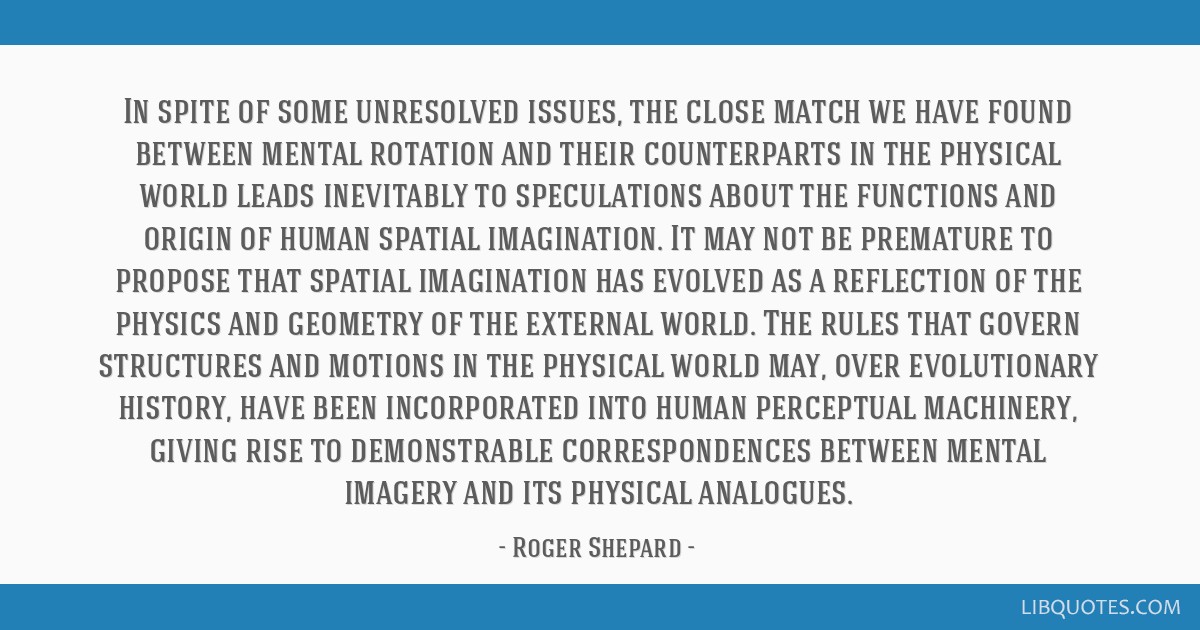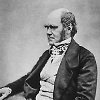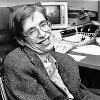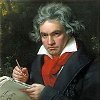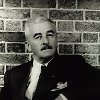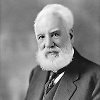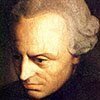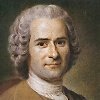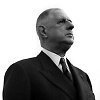In spite of some unresolved issues, the close match we have found between mental rotation and their counterparts in the physical world leads inevitably to speculations about the functions and origin of human spatial imagination. It may not be premature to propose that spatial imagination has evolved as a reflection of the physics and geometry of the external world. The rules that govern structures and motions in the physical world may, over evolutionary history, have been incorporated into human perceptual machinery, giving rise to demonstrable correspondences between mental imagery and its physical analogues.
L.A. Cooper and R.N. Shepard (1984). "Turning something over in the mind." Scientific American 251(6), 106-114; p. 114.
